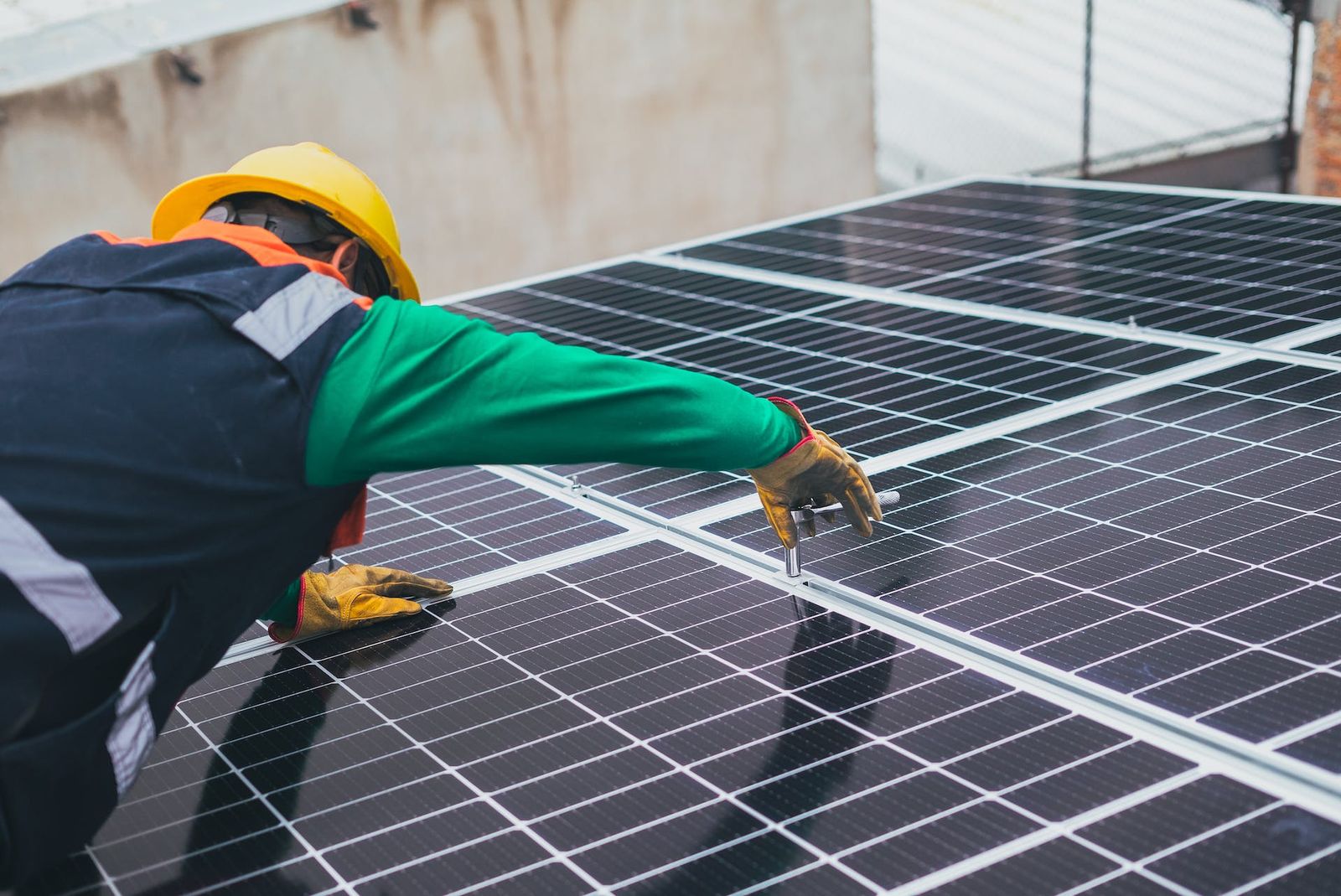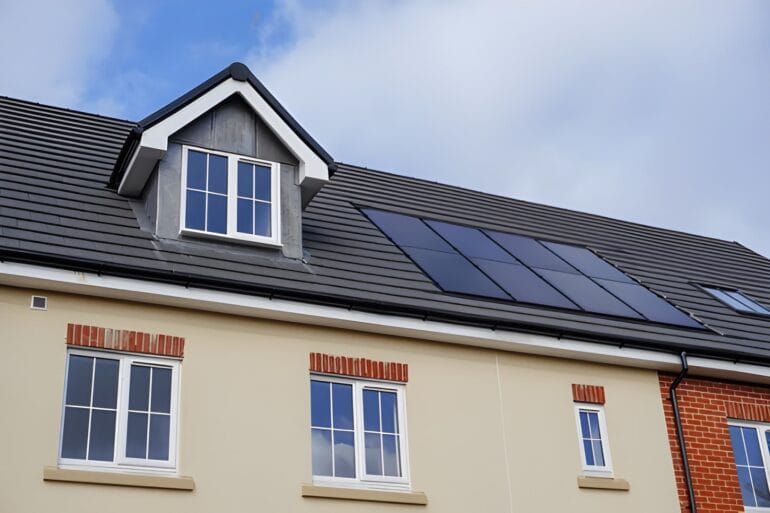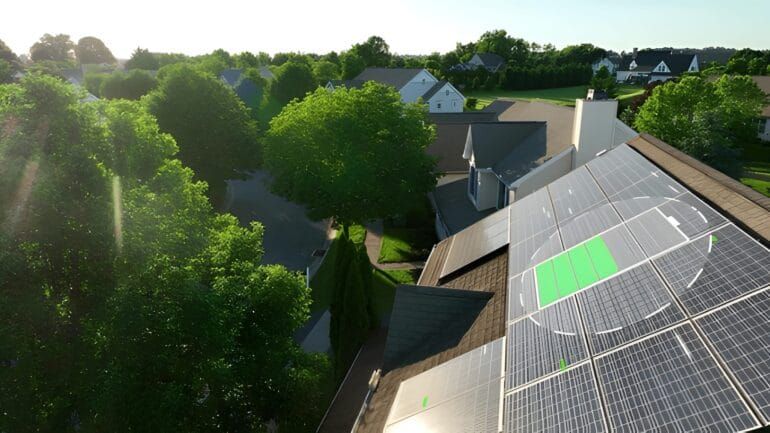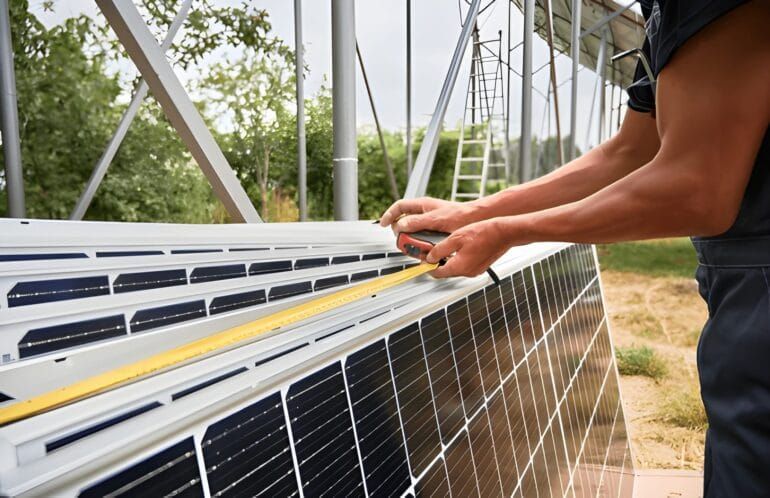Introduction
Maximize efficiency and harness the power of clean energy with our comprehensive guide: How to Clean Your Solar Panels. Harnessing the power of the sun through solar panels is a sustainable and eco-friendly way to generate electricity. However, to ensure optimal efficiency, it’s crucial to keep your solar panel clean and free from dirt, dust, and debris. In this comprehensive guide, we’ll walk you through the steps on how to clean your solar panel, allowing you to maximize their energy production and extend their lifespan.
Why Clean Solar Panels Matter
Solar panels work by converting sunlight into electricity, and any obstruction on their surface can hinder this process. Dust, pollen, bird droppings, and other pollutants can accumulate over time, forming a layer that reduces the amount of sunlight reaching the photovoltaic cells. Regular cleaning not only enhances energy output but also protects your investment by preventing potential damage caused by long-term exposure to environmental elements.
Step-by-Step Guide to Cleaning Your Solar Panels
1. Safety First
Before you start cleaning your solar panels, ensure your safety by turning off the system and disconnecting it from the power source. Wait until early morning or late afternoon to clean the panels when they are cool to the touch.
2. Gather Your Tools
Gather the necessary tools for the job. You’ll need a soft brush with an extended handle, a gentle detergent, a hose or a bucket of water, and a squeegee or a soft cloth. Avoid using abrasive materials that could scratch the surface of the panels.
3. Remove Loose Debris
Begin by gently brushing away any loose debris like leaves or twigs. Take care not to apply too much pressure to avoid damaging the delicate surface of the solar panels.
4. Prepare a Cleaning Solution
Mix a mild detergent with water to create a soapy solution. Avoid using harsh chemicals, as they may leave residues that could affect the panel’s performance.
5. Apply the Cleaning Solution
Dip the soft brush into the soapy water and gently scrub the surface of the solar panels. Ensure that the brush is clean and free from any abrasive particles.
6. Rinse Thoroughly
Rinse the panels with clean water using a hose or a bucket. Make sure to remove all traces of the soap to prevent residue buildup.
7. Squeegee or Wipe Dry
Use a squeegee or a soft, lint-free cloth to dry the solar panels. This step helps prevent water spots and ensures a clear surface for optimal sunlight absorption.
8. Regular Inspection
After cleaning, perform a visual inspection of the solar panels. Look for any signs of damage or wear and address any issues promptly to maintain peak performance.
9. Schedule Regular Cleaning
Establish a routine for cleaning your solar panels, depending on your local climate and environmental conditions. Regular maintenance will keep your panels operating efficiently over the long term.
The Importance of Regular Maintenance
Solar panels are a significant investment in clean energy, and just like any other valuable asset, they require regular maintenance to ensure optimal performance.
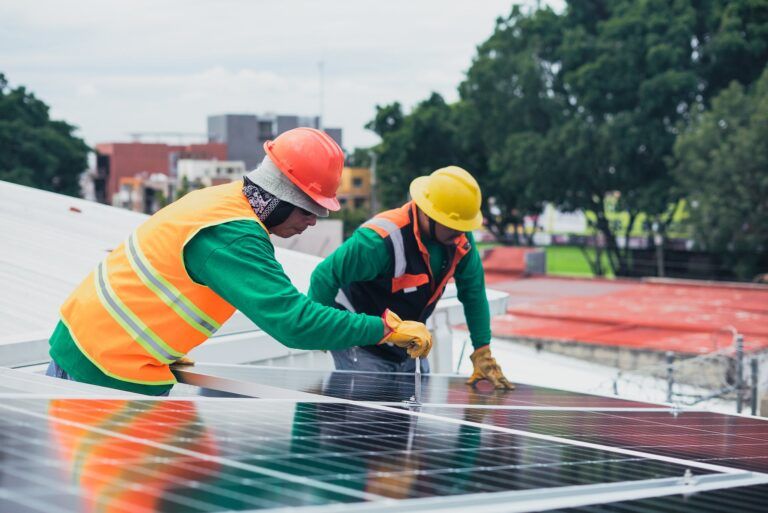
Neglecting their upkeep can lead to a decrease in efficiency, potentially resulting in lower energy output and increased electricity costs. Moreover, well-maintained solar panels are more resilient to the elements, contributing to their longevity and overall return on investment.
Additional Tips for Solar Panel Care
1. Monitor Energy Output
Keep a close eye on your solar panel energy production. Sudden drops in efficiency may indicate a need for cleaning or maintenance. Many modern solar installations come with monitoring systems that make it easier to track performance.
2. Consider Professional Cleaning Services
While you can clean your solar panel yourself, hiring professional cleaning services is also an option. They have the expertise and equipment to safely and efficiently clean your panels, especially if they are installed in hard-to-reach areas.
3. Protect Against Bird Droppings
Bird droppings can be particularly stubborn and may require extra attention. Consider installing bird deterrents or protective mesh to minimize the impact of bird-related debris.
4. Trim Surrounding Vegetation
Trim any overhanging branches or nearby vegetation that could drop leaves, sap, or other debris onto your solar panel. This proactive measure helps reduce the frequency of cleaning and minimizes potential obstructions.
5. Check for Shading Issues
Ensure that your solar panels are not shaded by nearby structures or vegetation, as shading can significantly impact their performance. Regularly inspect for changes in the surroundings that could affect sunlight exposure.
6. Invest in Self-Cleaning Technology
Some solar panel manufacturers offer self-cleaning technologies that use rainwater or automated cleaning mechanisms. While these systems may come at an additional cost, they can be a convenient and effective long-term solution.
Environmental Considerations
When choosing cleaning products, opt for environmentally friendly detergents to minimize the impact on the surrounding ecosystem. Additionally, be mindful of water usage, especially in regions facing water scarcity. Consider using a water-efficient cleaning method or collecting rainwater for the cleaning process.
Advanced Techniques for Solar Panel Maintenance
1. Utilize Automated Cleaning Systems
For those looking to take a hands-off approach, consider investing in automated cleaning systems designed specifically for solar panels. These systems use robotic cleaners or built-in mechanisms to remove dirt and debris, ensuring consistent maintenance without manual effort.
2. Apply Anti-Reflective Coatings
Enhance the light absorption capabilities of your solar panel by applying anti-reflective coatings. These coatings reduce glare and reflections, allowing more sunlight to reach the photovoltaic cells and boosting overall energy production.
3. Install Tilted Mounting Structures
Tilted mounting structures can be adjusted seasonally to optimize the angle of the solar panel for maximum sunlight exposure. This proactive approach helps minimize the accumulation of dirt and ensures better self-cleaning during rain.
4. Implement Infrared Imaging for Troubleshooting
Consider using infrared imaging technology to identify potential issues with your solar panels. Hotspots or irregularities in temperature patterns can indicate malfunctioning cells, allowing you to address problems promptly and prevent further damage.
Addressing Common Concerns
1. Dealing with Hard Water Stains
If your region has hard water, mineral deposits may accumulate on your solar panels over time, leaving stubborn stains. Combat this issue by using a mixture of vinegar and water for cleaning. The acidity of vinegar helps dissolve mineral deposits, leaving your panels pristine.
2. Handling Snow Accumulation
If you live in a snowy climate, your solar panels may face challenges during winter. While snow generally slides off angled panels, you can gently remove excess snow using a soft broom or a long-handled tool to prevent prolonged shading.
3. Watch Out for Hail Damage
In areas prone to hailstorms, periodically inspect your solar panels for any signs of damage. While solar panels are designed to withstand hail, severe storms may cause dents or cracks. Timely repairs ensure continued efficiency.
4. Protecting Against Salt Buildup
For those near coastal areas, salt air can contribute to salt buildup on the solar panels. Rinse your panels with freshwater regularly to prevent corrosive effects and maintain optimal performance.
The Future of Solar Panel Maintenance
As technology evolves, we can expect innovations in solar panel maintenance. From self-healing coatings that repair minor scratches to advanced monitoring systems that predict maintenance needs, the future holds exciting possibilities for making solar panel care even more efficient and user-friendly.
Conclusion
By following these simple steps, you can ensure that your solar panels remain clean and efficient, maximizing their energy production and contributing to a more sustainable future. Regular cleaning not only improves performance but also extends the lifespan of your solar investment, making it a worthwhile effort for both the environment and your wallet. So, roll up your sleeves and let your solar panels shine bright!
FAQS
Q1: How often should I clean my solar panels?
Cleaning your solar panels twice a year is generally sufficient. However, in dusty or bird-heavy areas, more frequent cleaning may be beneficial.
Q2: Can I clean my solar panels with just water?
While water helps, using a mild detergent in water is more effective for breaking down contaminants.
Q3: Is it safe to use a pressure washer on solar panels?
No, it’s not recommended. Use a soft brush or gentle water stream to avoid damaging the panels.
Q4: What time of day is best for cleaning solar panels?
Early morning or late afternoon when panels are cool is ideal to prevent rapid drying.
Q5: Can I clean my solar panels myself?
Yes, homeowners can clean their panels. Professionals may be hired for hard-to-reach installations.
